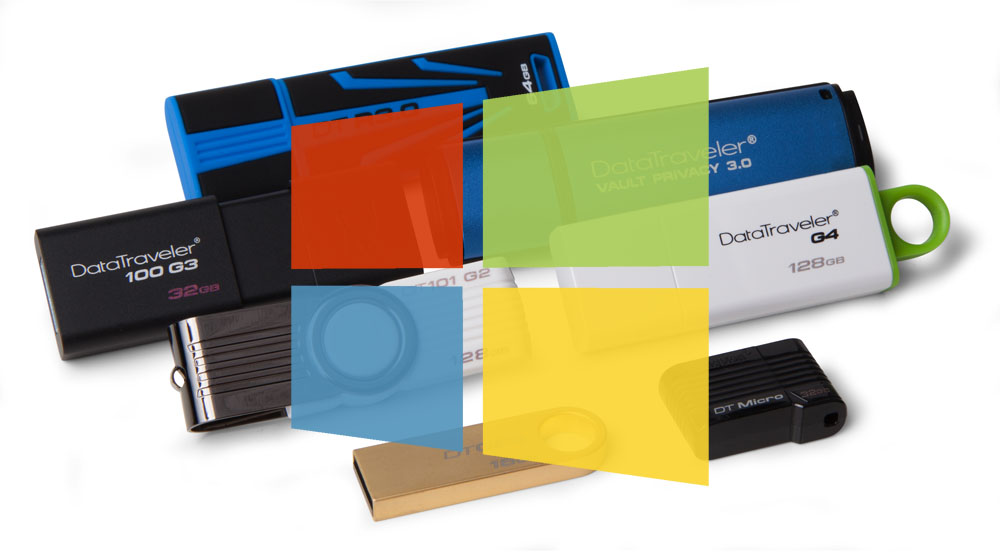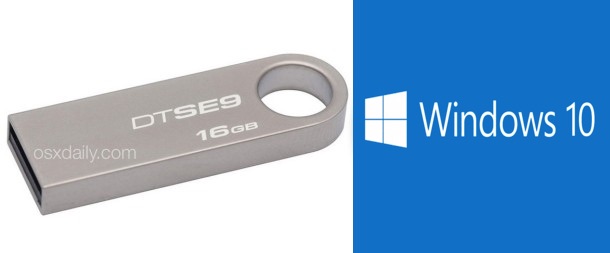
TURN USB STICK TO WIN 10 LOADER INSTALL
You are now ready to install Windows 10 from a bootable USB drive:

The Windows 10 installation files will now be downloaded, this may take some time and depends entirely on your internet speed. Select your USB drive from the list and click Next again. Set your preferred language, then clear the Use Recommended Settings For this PC checkbox and click Next. Now select Create installation media for another PC and click Next. Next, to make Windows 10 install from USB, run the Media Creation Tool after booting. Next, follow the onscreen instructions to create a bootable Windows 10 USB installer. To do this, connect to the Internet and go to the Microsoft Download Windows 10 page, then click the Download Tool Now button. Then insert the formatted stick into your computer and use the Windows 10 Media Creation Tool to load the operating system onto the stick. Most often, USB is supported by both UEFI and BIOS, but it is still worth checking this beforehand. UEFI allows you to recover your computer from crashes without additional software, making it preferable. At the moment, UEFI (Unified Extensible Firmware Interface) has practically replaced the BIOS, adding support for legacy versions. Previously, PCs used the BIOS to boot and manage the operating system. Prepare USB Stickįirst, you need to make sure your USB stick supports UEFI booting.

Here are steps that can be helpful and any of them can be your solution 1. Within a few minutes, you can install a fresh new version of Windows 7 or Windows 10 from a USB drive, as long as it has at least 16 GB of free space. Plus, the USB stick is portable and compatible with any desktop and laptop computer and installs the operating system faster. After all, you can use a bootable USB drive anytime, anywhere, since all computers and laptops have a USB port. This method is preferable, for example, if your PC does not have an optical drive, you run out of DVDs, etc. Booting Windows 10 from a USB drive is very convenient and easy.


 0 kommentar(er)
0 kommentar(er)
